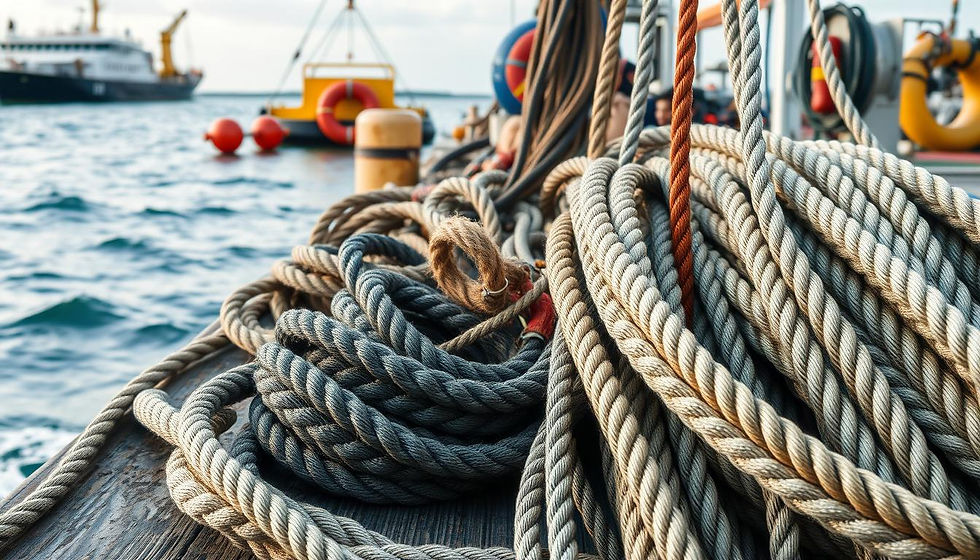The Pareto Principle: How it applies to Marine Claims
- Admin

- Nov 12, 2023
- 3 min read
Updated: May 7
Conceived in 1941 by Vilfredo Pareto, its' application in the Maritime Claims industry is staggering

This might be a controversial thing to post. One that can tremendously help reduce Ship Owners’ Claims. But could mean less business for us. It’s called the Pareto Principle: in other words, 80% of Claims costs could be eliminated by focusing on just 20% of the Causes.
Sounds too simplistic. But this is where its' inherent wisdom lies.
The Pareto Principle (a concept coined after the Italian mathematician Vilfredo Pareto), also known as the 80/20 rule, suggests that roughly 80% of the consequences come from 20% of the causes.
Example 1:
Vilfredo Pareto noticed that 80% of Italy’s land was owned by just 20% of the population.
Example 2:
Businesses often find that 80% of their revenue come from just 20% of their Clients.
The 80/20 concept holds true in various aspects of our daily lives, as well as within the realm of professional settings. It’s application spans across a wide range of scenarios, one of which is the following:
According to a report by The Swedish Club, in the ‘Personal Injury' Claims grouping, there are 3 sub-categories out of 19 total (= 16%) which account for 79% of Claims Costs (!!). Quite interesting, isn’t it?

The top 3 codes of Personal Injury Claims costs, are:
- Slips & Falls (43.18 %)
- Burns & Explosions (24.06 %)
- Struck by Falling Object (12.52 %)
Did you notice the pattern? A small set (16%) of causes account for the majority (79%) of Claims costs. This is too much of a coincidence to be ignored. It looks like there exist two common denominators: PPE use & hazard awareness!
It looks like there exists two common denominators: PPE use & hazard awareness!
This is too much of a coincidence to be ignored.
Based on the above, it appears that by prioritizing their efforts on these 2 key specific issues, Ship Owners have the chance to significantly decrease the number of accidents (& thus Claims). But, how?
- "Not safe? No job" culture
There should be no compromises to that. If a task cannot be executed safely, it shouldn’t proceed. There should exist procedures by which crew are comfortable to report safety concerns.
- Clear ISM policies & procedures
Ensure that these are communicated effectively to all crew members & that there is a process for regular reviews & updates.
- ISM Training & Education
Provide regular safety training for all crew members, covering the topics of the significance of proper PPE use & hazard awareness. Make sure that refresher courses are conducted periodically.
- Promote Open Communication
When there are safety concerns, near misses or potential hazards, crew members should feel able to talk to their supervisor, without fear of reprisal. A reporting system for confidential submission of safety-related concerns could also be in place.
- Regular Safety Audits
We can’t overemphasize the importance of conducting regular safety audits & inspections to assess compliance with Safety Policies & Procedures.
- Mental Health
A happy crew that feels safe, nurtured & listened to can be the most important factor in the context of ensuring their safety. There should exist resources & support systems to address stress & fatigue.
What else would you add to the list? Comment below.



